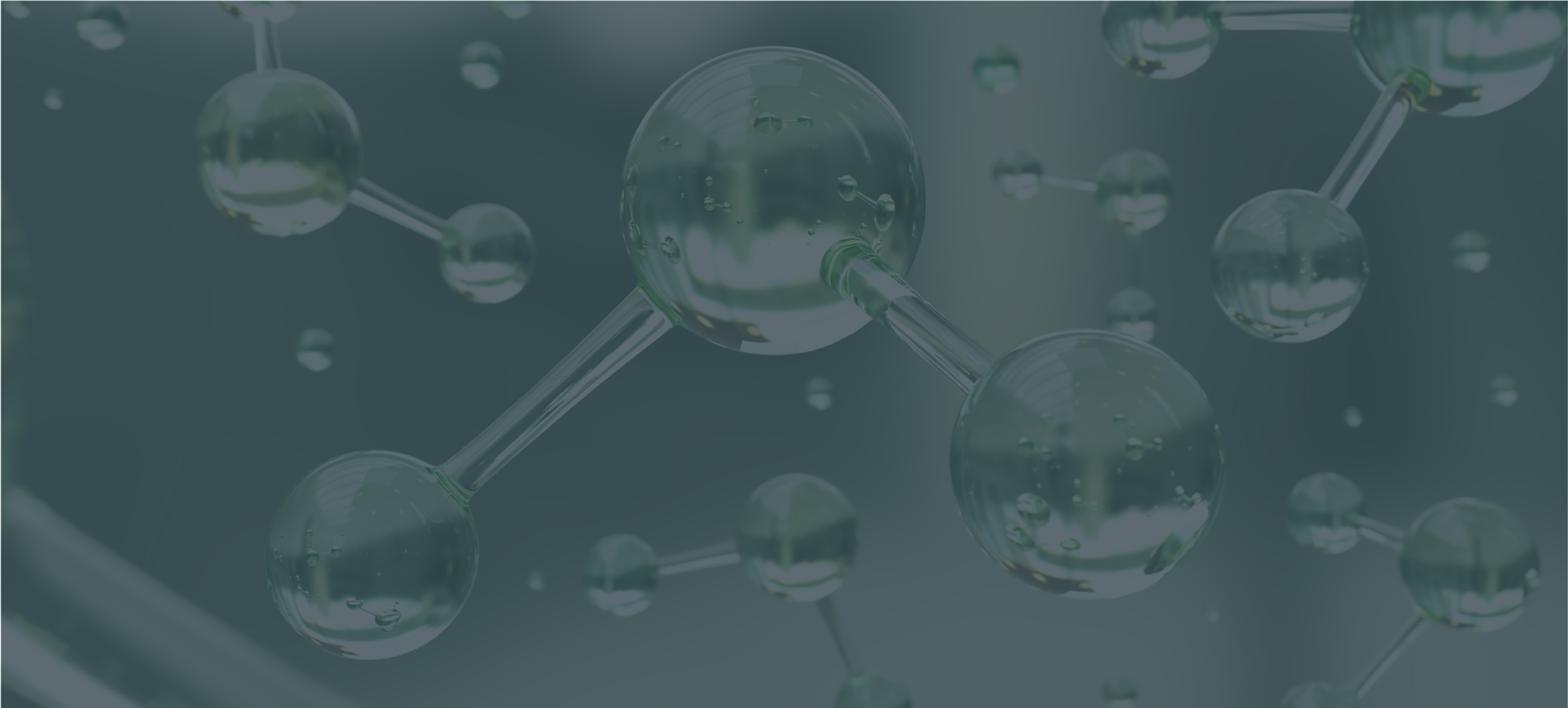
RENEWABLE HYDROGEN POWERED BY SUNLIGHT
HOW IT WORKS
Clean Hydrogen Production Powered the Sun
At SunHydrogen, we are the only United States-based company pioneering a new way to produce renewable hydrogen - using only sunlight and water. Unlike conventional methods that rely on fossil fuels or on grid electricity paired with costly electrolyzers, our technology generates hydrogen fuel directly from solar energy. Just as traditional solar panels convert sunlight into electricity, our hydrogen panels convert sunlight into renewable hydrogen in a single, seamless step.
Two Panel Technologies. One Vision.
To make renewable hydrogen a global reality, we are advancing two complementary systems:
Nanoparticle-Based System – designed for high efficiency and future scalability.
Thin-Film Panel System – engineered for near-term mass production and rapid deployment.
Both systems share a common foundation: they are modular, self-powered, fault-tolerant, and designed for scalability - operating entirely on sunlight without external electricity or carbon emissions. Whether used individually or deployed in large-scale arrays, our systems enable hydrogen production on-site, on-demand, and with oxygen as the only byproduct. The entire process is as clean as the energy that powers it.
Nanoparticle-Based System:
Inspired by Nature. Engineered for the Future.
Our patented Photoelectrosynthetically Active Heterostructures (PAHs) are microscopic powerhouses that mimic the principles of photosynthesis. Each nanoparticle—thousands of times smaller than a human hair - is a self-contained unit composed of layered photovoltaic materials, electrocatalysts, and protective coatings.
When suspended in water and exposed to sunlight, these nanoparticles absorb solar energy and split water molecules into hydrogen and oxygen - without any wires, external power sources, or fossil fuels. This process occurs entirely in one step, leveraging multi-junction light absorption to maximize solar-to-hydrogen (STH) conversion efficiency.
What sets this technology apart is its architecture: each PAH nanoparticle contains everything needed to generate hydrogen. By assembling billions of these particles into a single unit, we create integrated hydrogen-generating panels of any size. This approach enables scalable, location- flexible production—from distributed microgrids to centralized facilities.
While this system holds immense potential, we are currently focused on scaling manufacturing processes to bring it into widespread use. Through collaborations with global partners, we are moving this technology from the lab to real-world application.
Thin-Film Solar Panel System:
Leveraging Today’s Manufacturing for Tomorrow’s Fuel
In parallel, we are developing a second solution that modifies commercially available thin-film solar panels for hydrogen production. By integrating proprietary catalysts and protective layers, we repurpose standard photovoltaic modules to split water rather than produce electricity.
The result is a device that resembles a conventional solar panel—but instead of sending power to the grid, it uses the electricity it generates internally to split water into hydrogen and oxygen.
Our innovation lies in device integration: tuning voltages, embedding catalysts, and protecting the system for long-term operation in aqueous environments. These panels are fully off-grid, modular, and capable of operating without high-purity water or centralized power systems—ideal for a wide range of field conditions.
Patent Pending
100cm² (0.11sq. ft.) working prototype powered by a simulated sunlight source at less than full solar intensity.
In Action
We have successfully demonstrated both systems under real-world conditions, producing clean hydrogen directly from sunlight. Explore our prototype videos and resources to discover how materials science, nanotechnology, and solar engineering converge to drive a sustainable future.
The SunHydrogen Difference
Central Production (The Old, Dirty Way)
The current method for scalable hydrogen production is environmentally unsound. Nearly all hydrogen today comes from fossil fuels like oil, coal, and natural gas result in carbon emissions.
High capital investment for hydrogen delivery and transport infrastructure
High carbon footprint
Distributed Production (The SunHydrogen Way)
SunHydrogen’s method is efficient, cost-effective, and truly green.
Zero carbon footprint
Low capital investments for transport and delivery
The most viable and economical approach
Rising Above Conventional Electrolyzers
Extensive power electronics contribute significantly to the total cost of operation for a traditional electrolysis process. High costs have been a major setback in the widespread implementation of electrolyzer technologies.
Because SunHydrogen directly uses the electrical charges created by sunlight to generate hydrogen, our nanoparticle technology does not rely on grid power or require the costly power electronics that conventional electrolyzers do.
While electrolyzers require high-purity water for operation, SunHydrogen’s technology can utilize water of varying purities.
SunHydrogen’s planned scalable system configuration of many individual hydrogen-generating panels also ensures redundancy, security and stability.

Patents Granted
“Photoelectrosynthetically Active Heterostructures” US Patent Publication No. US9593053 B1 (Granted in US)
“Methods for Manufacturing Photoelectrosynthetically Active Heterostructures” US Patent Publication No. US20170141258 A1. (Granted in US)
“Multi-junction artificial photosynthetic cell with enhanced photovoltages” US20160076154 A1. (Granted in US, Australia, China, Europe, India)





